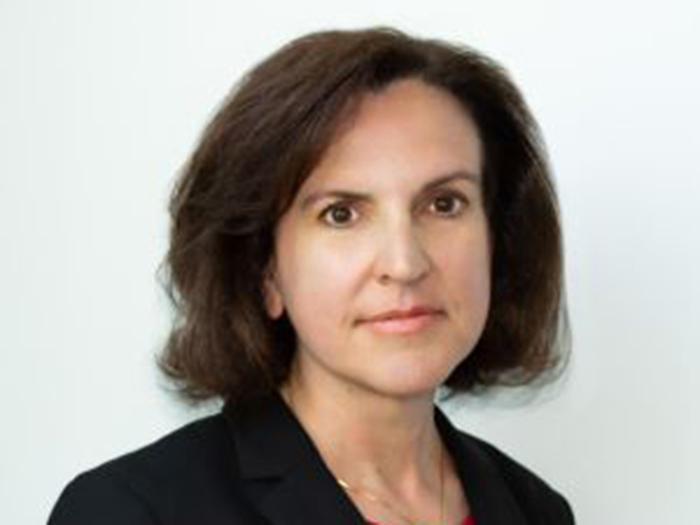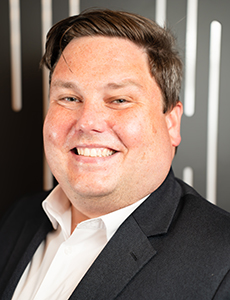From Reimbursement to Prevention: What Will It Take for the Insurance Industry to Transform Its Enduring Model?
For more than 350 years, the insurance model has been simple: Repair and replace after damage.
However, with modern technology, we can now help our customers before they face loss.
I recently joined the leaders of two preeminent insurance research organizations — Roy Wright of the Insurance Institute for Business & Home Safety (IBHS) and David Harkey of the Insurance Institute for Highway Safety (IIHS) — in a webinar focused on how we can make this shift to a predict and prevent framework a reality.
Both organizations are committed to scientifically improving safety: IBHS is focused on our built environment and IIHS is focused on automobiles and roadways. Their research helps homes, buildings and communities withstand fires, floods and storms, and enables more of our cars and trucks to avoid accidents and improves the chances of survival when a crash occurs.
Both executives noted that a key part of their mission is to educate consumers on risks and encourage them to take personal responsibility for improving their safety.
That was an important takeaway from our discussion in the webinar: The participation and engagement of the consumer is essential for a predict and prevent model to be successful.
The insurer cannot do it alone. The manufacturer cannot do it alone. The policymaker cannot do it alone. It truly requires a collaborative part of that effort, and the customer is an integral part of that team.
According to IBHS’s Wright, consumers often ask about the benefits of investing in measures to prevent a property loss. They want to know how long the return period will be, and how much their insurance premiums might drop if they take preventive measures. But when it’s time to spend, many hesitate, thinking that likely risks might not affect them or that someone else should bear the cost.
“We do need to find a way to collectively gather around the same center of gravity [that] says safety matters; the protection of life and property matters. And when we ignore it, we do it at our own peril. And that’s a place where we need to all come together,” Wright said.
IIHS’s Harkey highlighted driver behavior. Manufacturers can add safety features and new technology to a vehicle, but it’s vital for drivers to use features like seat belts, lane departure warnings and automatic emergency braking.
As cars get smarter, drivers shouldn’t let their guard down and assume they don’t have an important part to play.
“Almost half of the fatalities and passenger car crashes in the U.S. are unbelted. So we still struggle at times to try and figure out how to get our safety messages out there and make them more effective at changing those behaviors,” Harkey said.
The future of insurance isn’t about compensation — it’s about prevention. We will offer an array of safety tools and services to make lives better. There’s much to do, but this is an exhilarating time in the industry.
We’re on the verge of making “Predict & Prevent” the new standard.
To learn more about the idea of prediction and prevention, subscribe to The Institutes’ Predict & Prevent™ podcast as we continue to dig into this approach and the opportunities it creates for risk management and insurance. &











